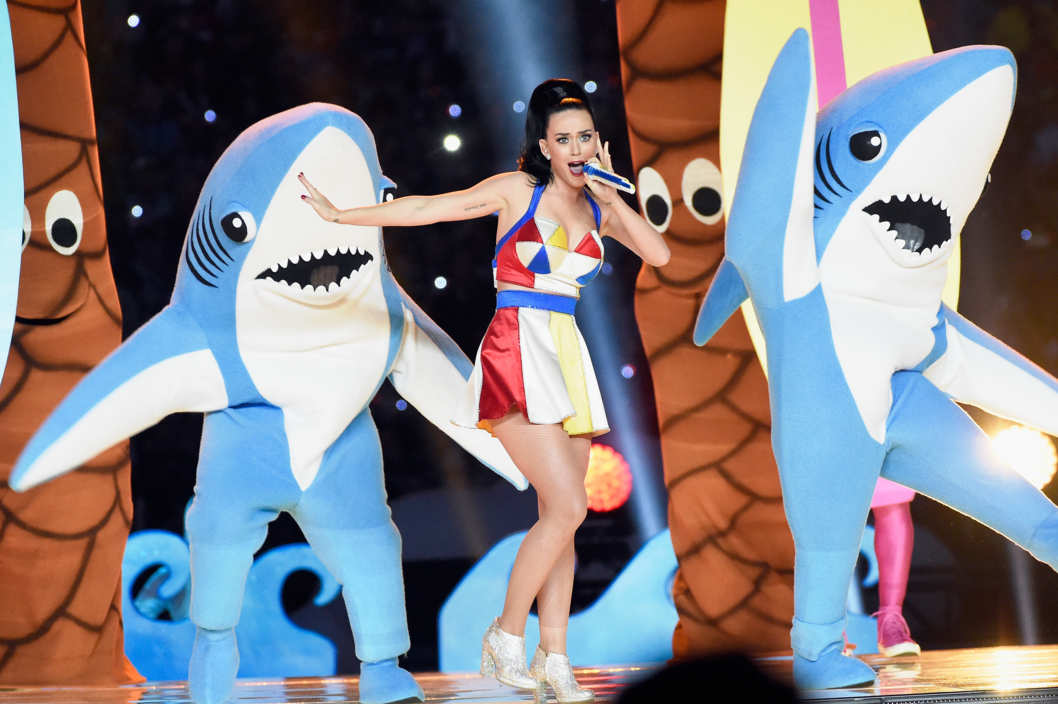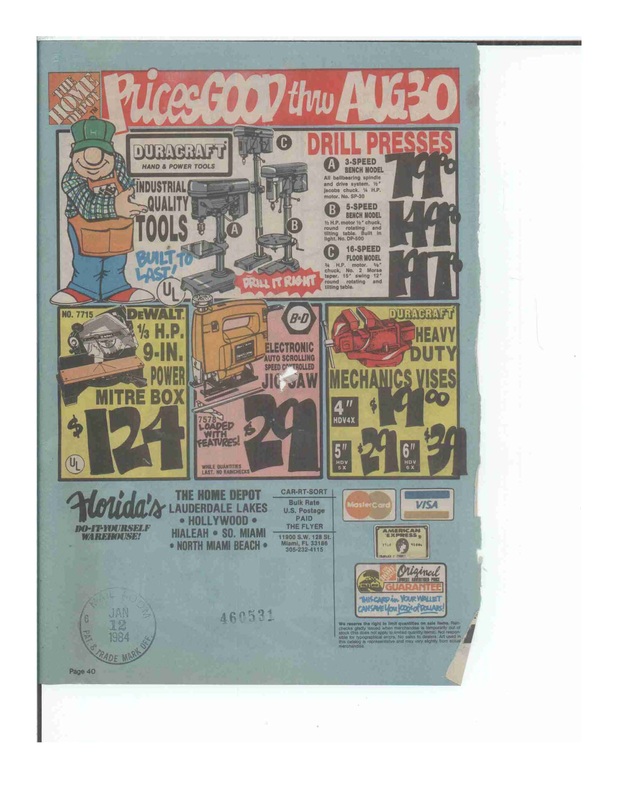At this point, unless you live under a rock or haven’t read this blog (I forgive you, I promise), you should probably be familiar with the dancing sharks that Katy Perry used in her performance at this year’s Super Bowl. Here’s a picture to remind you.
Perhaps one totally unintended consequence (or benefit) of the choreography malfunction was the tremendous following these sharks acquired after the Super Bowl performance. Indeed, immediately after the performance, artists jumped on the opportunity 3D making models of the sharks and selling them on sites like Shapeways. Of course, other enterprising artists struck to Etsy to sell shirts bearing the cute but aloof shark.
With copyright out, trademark was a logical alternative, which is why Katy Perry’s company Killer Queen applied for trademark protection of the fancifully shaped predators of the sea. The original applications included mobile phone covers and t-shirts, probably because Perry was already producing these goods under her PRISM brand. It would also be a defensive play to stop other people from making similar goods. Apparently t-shirts and phone cases are excellent outlets for rip-off artists to use.
Dreams of trademark protection were dashed last week, however, as the USPTO rejected the trademark applications because the trademarks consisted only of a character whose existence has no significance outside of the choreography performed during the Super Bowl halftime show. If a design does not specifically designate the goods or services being applied-for, it is not serving as a trade/service mark. In a specimen (the file showing use of the trademark on goods/services that must be filed with the USPTO), the trademark owner has to show that the mark is used on the goods in a trademark sense. Katy Perry’s specimen failed to show such use because the image only shows the sharks in a still-image from the Super Bowl performance. Musical performances are not, of course, cell phone cases or t-shirts, so the specimen did not really show the trademark as it is used in commerce.
This is not to say that characters cannot serve as trademarks. Indeed, many well-known characters are very strong trademarks including “Homer” from Home Depot, the robin from the Red Robin, “Jack” from Jack in the Box, even that semi-creepy smiling Happy Meal box from McDonald’s recently received trademark protection. The trick is showing the trademark office that the characters are used is some form of continuity between the design of the character and the way it is used to market goods to consumers. A character won’t be recognized if it is used in different scenarios that are not constant (for example in an ever-changing narrative spaced across different marketing pieces) because consumers won’t recognize the character as an indicator of the underlying source of the goods.
Consumers are savvy, but they cannot parse a character that is part of an elaborate narrative and apportion the same level of significance that they might give to an actual brand name. The exception is where the character is recurring across multiple marketing pieces and is not simply incorporated into the narrative; the character has to actually be tied to the trademark owner.

How is it that the Homer character, which appears in different forms, can serve as a source identifier? The different forms of Homer do not change the fact that he serves to identify Home Depot’s home improvement services. In the pictures below, he does this whether he is wearing sun glasses and shorts or is dressed in the Home Depot orange apron over a lumberjack shirt, topped with the orange hat of course. Despite the slight variations in appearance, a consumer can clearly see that Homer is associated with Home Depot’s services in such a way that he distinguishes them from Lowe’s, for example.





 RSS Feed
RSS Feed